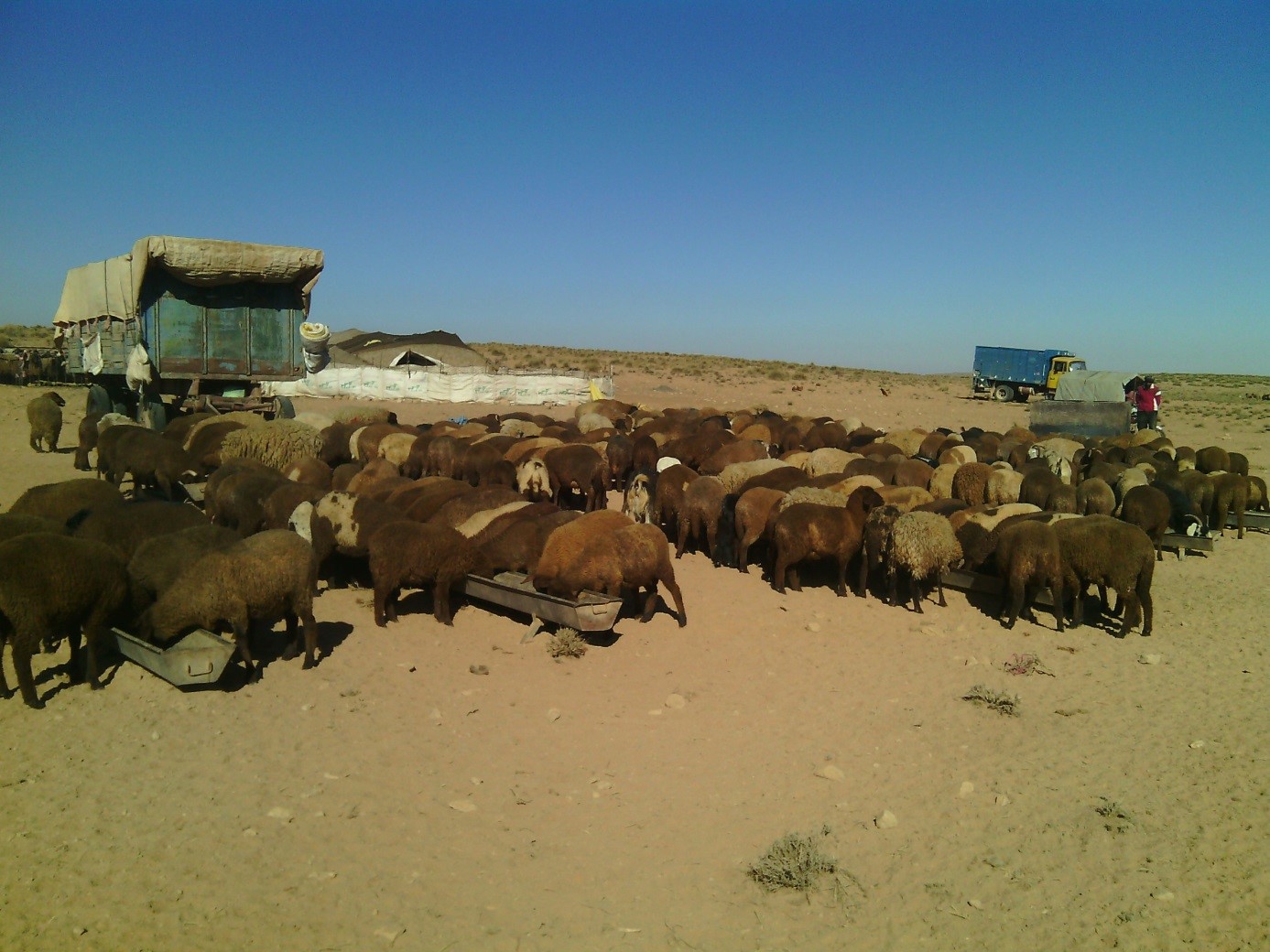Quality characteristics of the carcass of Beni-Guil sheep, a Protected Geographical Indication certified product of Eastern Morocco: Preliminary study
DOI:
https://doi.org/10.19182/remvt.31843Keywords
Beni-Guil sheep, carcasses, meat quality, designation of origin, MoroccoAbstract
The objective of the study was to evaluate, for the first time, the qualitative, objective and subjective characteristics of the carcass and meat of the Beni-Guil sheep breed, originating in Eastern Morocco. The study was conducted with 105 ewes and ewe lambs with a mean age of 21.5 months (8–36 months), and a mean weight of 32.55 kg. pH measurements were taken one hour and 24 hours after slaughter. The mean values obtained were 6.76 and 5.78, respectively. The mean hot (HCW) and cold (CCW) carcass weights and corresponding yields were 15.82 kg (48.6%) and 15.52 kg (47.7%), respectively. Shrinkage loss was 1.9%. Linear measurements showed that the Beni-Guil had a mean carcass length (K) and width (G) of 63.7 and 17.3 cm, respectively, with a carcass compactness index 1 (G/K) and 2 (CCW/K) of 0.27 and 243.60 g/cm, respectively. Finally, according to the EUROP sheep carcass classification grid, the carcasses examined showed conformations between fairly good (O) and good (R), a bright red color, a firm white fat cover, and a fatness score of 3.42. The results highlighted the characteristics of the Beni-Guil ewe carcass, which are sought by professionals and consumers.
Downloads

Downloads
-
Abstract1346
-
PDF501
Published
How to Cite
Issue
Section
Categories
License
© K.Belhaj et al., hosted by CIRAD 2020

This work is licensed under a Creative Commons Attribution 4.0 International License.





